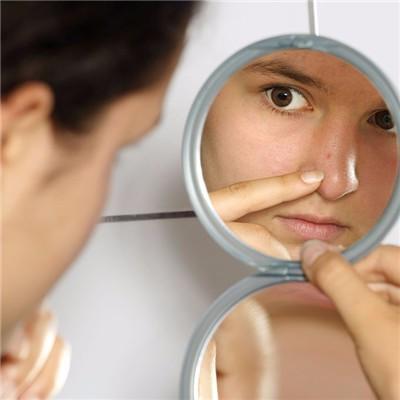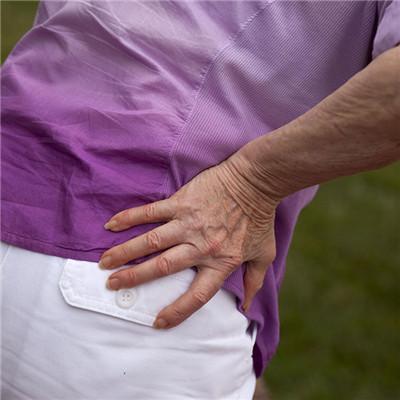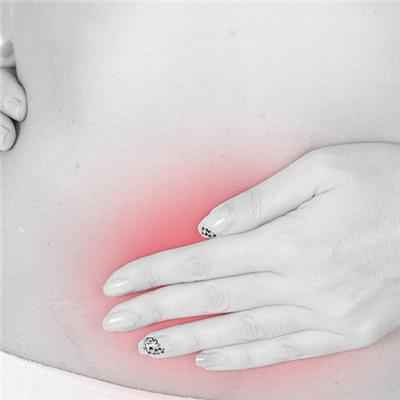Early symptoms of allergic dermatitis
summary
The emergence of allergic dermatitis to the beauty of people increased a lot of trouble, not only that, its harm is also a lot, so the hidden danger to our health is also conceivable. Before the treatment of allergic dermatitis, it is also very important to understand the early symptoms of allergic dermatitis in time. Here we will learn more about the specific symptoms of early allergic dermatitis.
Early symptoms of allergic dermatitis
Early allergic dermatitis will appear local erythema, edema symptoms, some patients will have itching, and even serious blisters, peeling and other phenomena. However, there are many substances leading to allergic dermatitis in our life, such as sandals, jewelry, chemical fiber cloth, mirror frame, chemicals, external medicine, watch chain, cosmetics, etc. If you find the above symptoms, you must immediately find out the cause of allergy and stop contact.
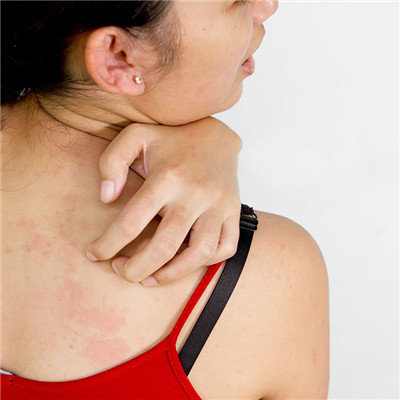
The incidence rate of allergic dermatitis is also increasing. However, most of the factors are caused by abuse of chemical products, environmental pollution, poor management, quickening pace of life and mental stress. Allergic dermatitis may occur at any age, in any part of the body may occur, prone to repeated attacks, local or systemic once the disease will appear erythema, blisters, papules, erosion, scab, exudation, desquamation, pigmentation, often severe itching.
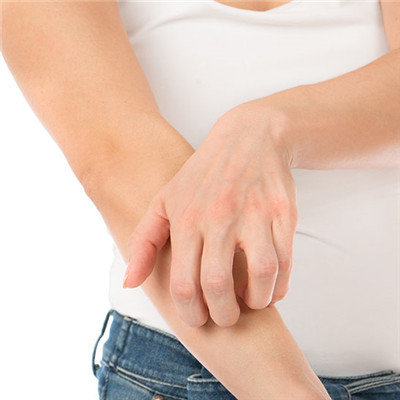
If there are erythema, rash and other abnormal phenomena on children's skin, no matter whether there are other allergic symptoms, we should immediately take the child to the dermatology department of the regular hospital to do a comprehensive examination and test for the child, and determine the diagnosis. If it is allergic dermatitis, then timely treatment of the child's condition is very necessary, but also to do a good job in prevention and nursing.

matters needing attention
Keep away from allergens, which is the most fundamental way to prevent allergic dermatitis. Minimize allergens in the environment, such as inhaled allergens (all substances that can be inhaled through the respiratory tract are potential allergens), including dust, dust mites, cotton wadding, pollen (spring, summer and Autumn), animal hair, fungi, insects and smoke. Food allergens include fish and shrimp, crab, beef and mutton, eggs, milk, peanuts, soybeans and nuts. Contact allergens (allergens that cause allergy through contact with skin or mucous membrane), including clothing, dyes, cosmetics, jewelry, topical drugs, lacquers, organic solvents, hair dyes and disinfectants, etc. In order to create a healthy and hygienic environment, it is necessary to keep indoor hygiene, open windows for ventilation, maintain appropriate temperature and humidity, and not use disinfectants casually; Try to keep children away from pollen in spring; Avoid direct sunlight in summer; Don't keep pets at home, especially indoors; Use less carpet and dust frequently; No electric blanket; Avoid irritating cosmetics, etc.
